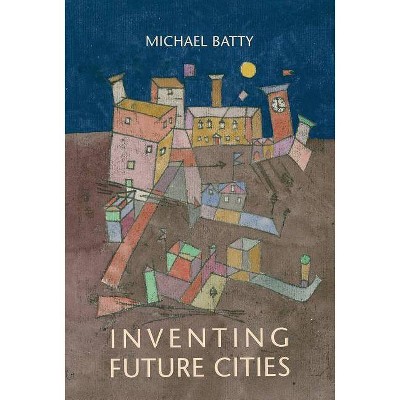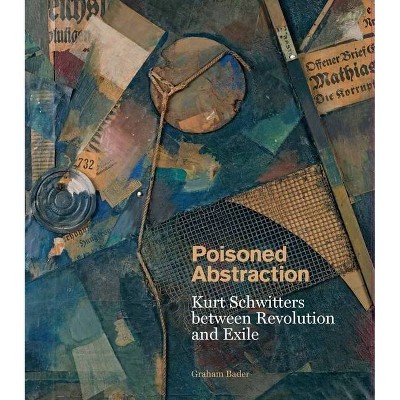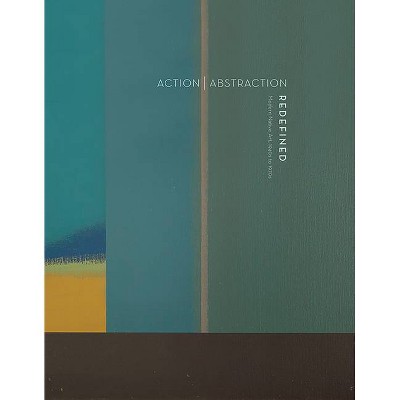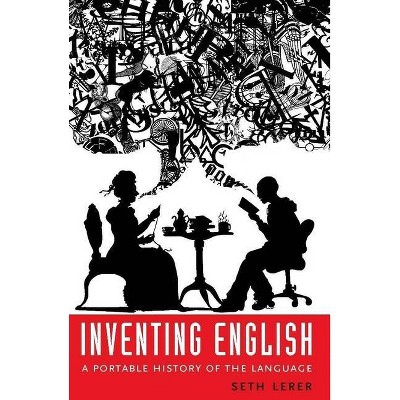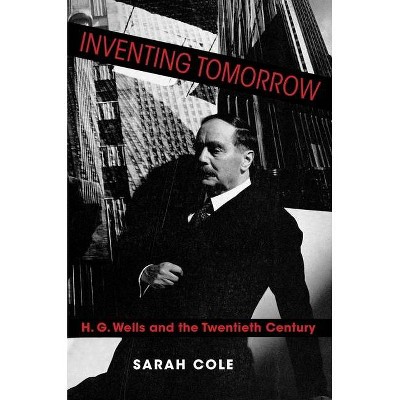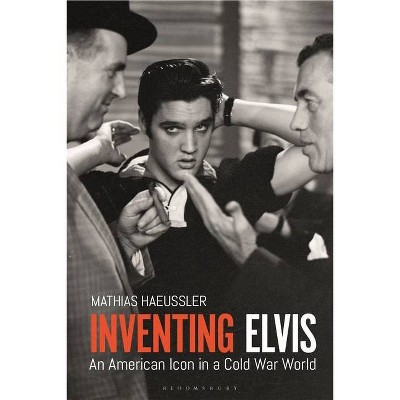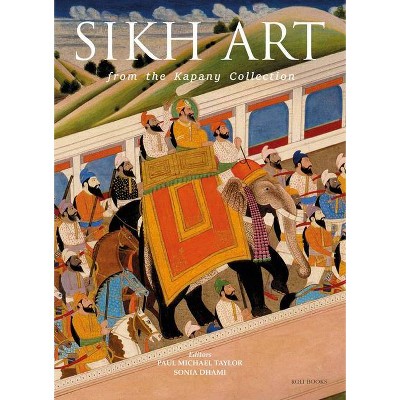Inventing Abstraction, 1910-1925 - by Michael Taylor (Hardcover)
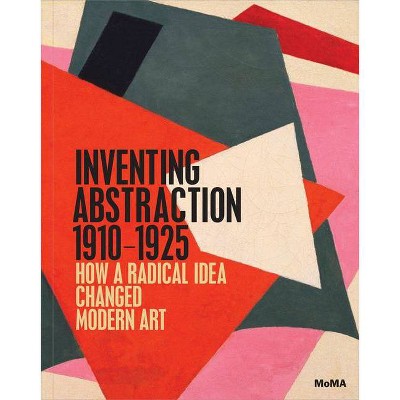
Similar Products
Products of same category from the store
AllProduct info
<p/><br></br><p><b> About the Book </b></p></br></br>In 1912, in several European cities, a handful of artistsNVasily Kandinsky, Frantisek Kupka, Francis Picabia and Robert DelaunayNpresented the first abstract pictures to the public. "Inventing Abstraction, " published to accompany an exhibition at The Museum of Modern Art, celebrates the centennial of this bold new type of artwork.<p/><br></br><p><b> Book Synopsis </b></p></br></br>In 1912, in several European cities, a handful of artists--Vasily Kandinsky, Frantisek Kupka, Francis Picabia and Robert Delaunay--presented the first abstract pictures to the public. <i>Inventing Abstraction</i>, published to accompany an exhibition at The Museum of Modern Art, celebrates the centennial of this bold new type of artwork. It traces the development of abstraction as it moved through a network of modern artists, from Marsden Hartley and Marcel Duchamp to Piet Mondrian and Kazimir Malevich, sweeping across nations and across media. This richly illustrated publication covers a wide range of artistic production--including paintings, drawings, books, sculptures, film, photography, sound poetry, atonal music and non-narrative dance--to draw a cross-media portrait of these watershed years. An introductory essay by Leah Dickerman, Curator in the Museum's Department of Painting and Sculpture, is followed by focused studies of key groups of works, events and critical issues in abstraction's early history by renowned scholars from a variety of fields.<p/><br></br><p><b> Review Quotes </b></p></br></br><br>Dickerman urges against defning abstraction in terms of forward progress... less interested in the invention of abstraction than abstraction as invention. The main impact of this horizontalist approach is geographic, bringing peripheral sites into focus without denying the importance of major hubs.--Daniel Marcus "Art in America"<br><br>Featuring twenty-four contributors, this MoMA catalogue explores the evolution of early modernist abstraction across various mediums, countries and movements.--Arne Glimcher "Art in America"<br><br>Three quarters of a century after Alfred Barr, founding director of New York's Museum of Modern Art, mounted the landmark 1936 exhibition Cubism and Abtract Art, MoMA curator Dickerman returns to the realm with a vast exhibition and comprehensive catalogue depicting the incipient stages of abtraction in the plastic arts. Situating the movement from a representation toward abstraction as a synchronic historical moment, as well as one of modernism's principal activities, this Eurocentric organizational feat elaborates a network based on cross talk, spontaneity, and simultaneous development. The front endpapers of the catalogue offer a graphic spread that plays off Barr's legendary chart - the cover to his exhibition's catalogue - acanonical lineage of begotten isms. Dickerman's updated diagram turns reader's view to a distributed web of networks and memes in an endeavor that highlights connectivity over paternity. Even with his intended catholic aopproach, painting and the two - dimensional flattened spatial constructs of pictorial space overwhelmingly predominate. Music is accorded a seminal role; sculpture and film are underrepresented; typographic space and artists' books are thankfully recognized. A terrific collection of diverse short essays by nearly 30 scholars complement this intelligently edited, well- illustrated, and indispensable resource.--E. Baden "Choice"<br>
Price History
Cheapest price in the interval: 45.99 on October 28, 2021
Most expensive price in the interval: 45.99 on December 17, 2021
Price Archive shows prices from various stores, lets you see history and find the cheapest. There is no actual sale on the website. For all support, inquiry and suggestion messages communication@pricearchive.us
